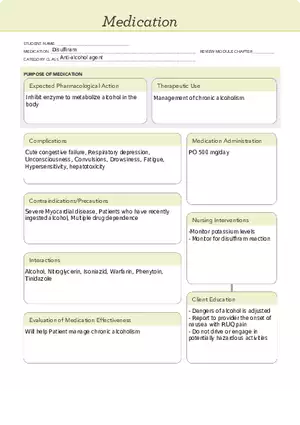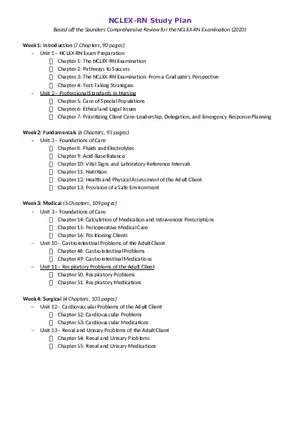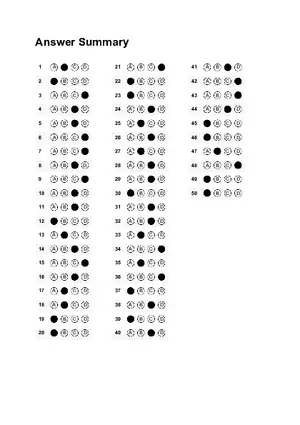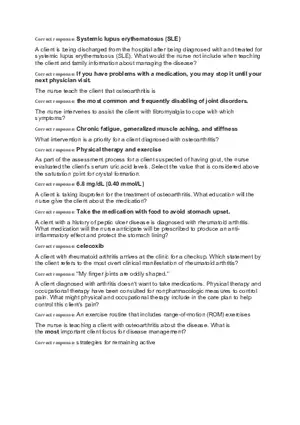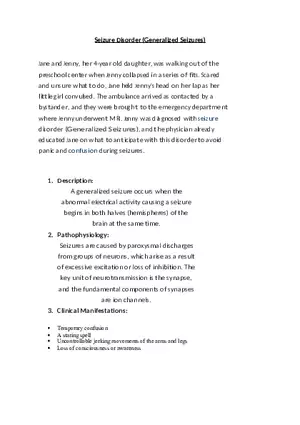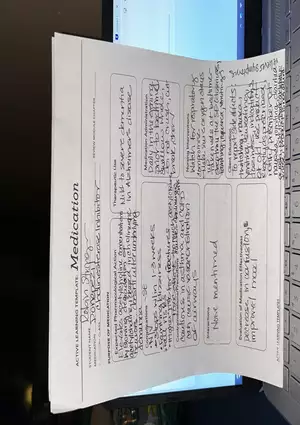Lecture Note
The Human Reproduction
-
University:
Cambridge College -
Course:
NUR111 | Nursing Concepts Academic year:
2022
-
Views:
132
Pages:
2
Author:
Stephany W.
Related Documents
- The Human Respiratory
- Gastrointestinal System Study Guide
- ATI Intravenous Medication Administration
- Sensory Case Study
- Test Bank for Maternity Nursing Pt 2
- Test Bank for Maternity Nursing Pt 3
- Test Bank for Maternity Nursing Pt 1
- Nitrogen Containing Compounds Coursework Materials
- Lipid Metabolism Class Notes
- Nucleotide Metabolism Study Resources
- Cofactors and Trace Metal
- sStandard Operating Procedure Vital Sign
- Use of Equipment Generating Ultraviolet Radiation
- Term Definitions Sheet
- Understanding Cancer
- Physical Assessment
- Bioenergetics Tutorial Notes
- Comprehensive Guide to Nutrition, Carbohydrates, Energy, and Diabetes
- Notes for Medical Surgical Class Answer Key
The Human Reproduction


Recommended Documents
Get your assignment done in just 3 hours. Quick, easy, and available 24/7.
New Documents from this Course
Report
Tell us what’s wrong with it:
Thanks, got it!
We will moderate it soon!
Report
Tell us what’s wrong with it:
Free up your schedule!
Our EduBirdie Experts Are Here for You 24/7! Just fill out a form and let us know how we can assist you.
Take 5 seconds to unlock
Enter your email below and get instant access to your document
